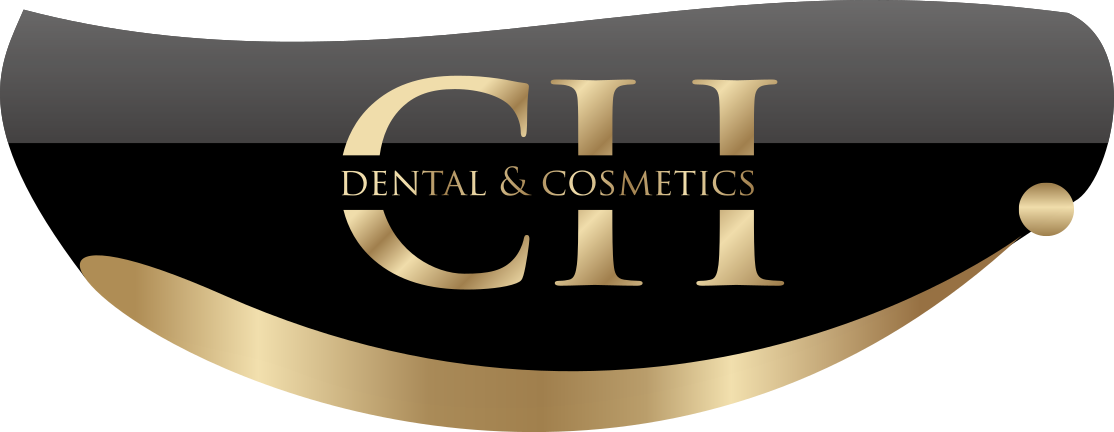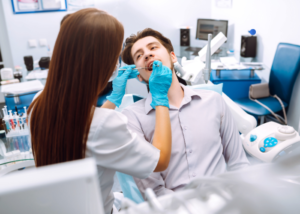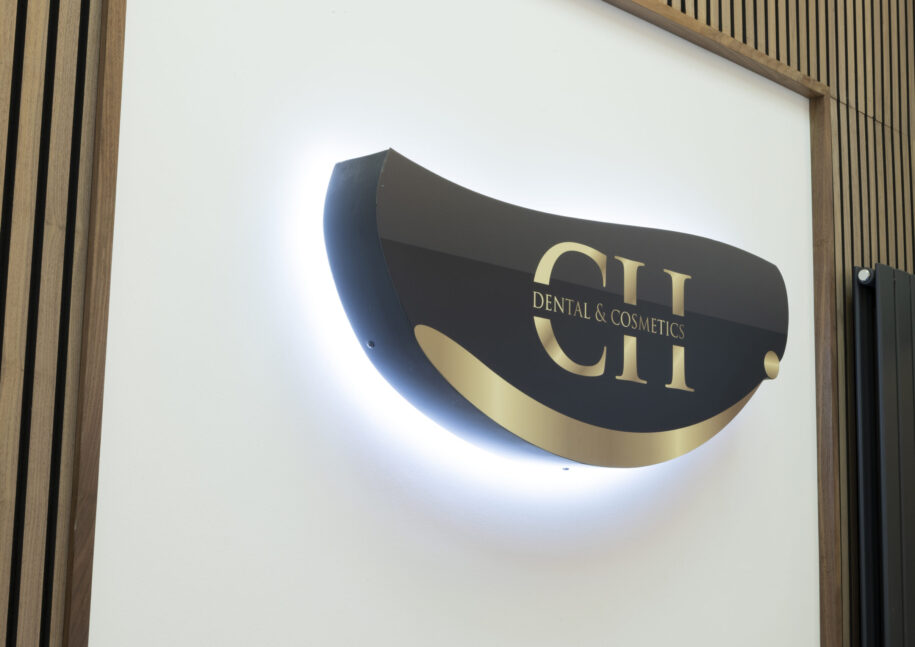13 February 2024
A Guide to Healthy Gums: How to Achieve and Maintain Optimal Gum Care

Good oral health not only involves looking after your teeth, it also involves taking care of gums. Sadly, gum disease is a common condition — and in its more advanced stages, can lead to loose teeth and loss of teeth.
However, you may not experience any pain in the early stages of gum disease. Left untreated it can soon develop into a more serious issue.
In this article, we shall look at six simple ways for how to get healthy gums and how to take care of gums. Maintaining healthy gums is a big step toward good oral health and a brighter smile.
Why Gum Health Is So Important
Plaque is the sticky substance that creates a film over your teeth and forms the harder substance tartar if not removed. Plaque is created from bacteria in the mouth reacting with certain food substances.
When plaque begins to accumulate along the gumline you are at risk of gum disease. There are three stages of gum disease.
1. Gingivitis
This is the early stage of gum disease, a stage when the condition is still reversible as the teeth-supporting tissues and bone are yet to be affected. Tell-tale signs of gingivitis include:
- redness
- swollen gums
- tender gums
- gums that bleed when brushing your teeth
2. Periodontitis
Without treatment, gingivitis can develop into periodontitis, a more advanced form of gum disease. This is harder to treat, as the disease is now impacting the bone supporting your teeth as the protective gums pull away.
At this stage of gum disease, you are at risk of experiencing teeth that feel loose, and you may even suffer tooth loss.
3. Advanced Periodontitis
This latter stage of untreated gum disease ultimately sees the destruction of the tissues and bone supporting your teeth. As well as experiencing pain and finding it head to bite and chew, tooth loss is a very possible outcome.
How To Get Healthy Gums
Proper care of gums requires a good, consistent oral care routine. Such a routine can quickly become second nature and part of your everyday routine. The following are six tips for healthy gums and good overall oral health.
1. Brush Twice Daily
From an early age, we are shown how to brush our teeth and told why it is important. However, without a set routine, it is easy to slip out of the habit of brushing your teeth twice a day.
Brushing twice daily after mealtimes helps remove the food particles bacteria feed on as well as any accumulated plaque.
Use a soft-bristled toothbrush to reduce the risk of damaging the tooth enamel from aggressive brushing. An electric toothbrush may also be more effective in removing plaque. Whichever style of brush you use, make sure to change the brush or head every three months or so or earlier if the bristles are frayed.
2. Floss Daily
Back up your twice-daily brushing with a daily floss. Again, look to implement this at the same time each day to help forge a routine. This can be at any time of the day.
Flossing complements brushing because there are areas between the teeth that are difficult for the bristles of a toothbrush to reach. Flossing ensures these areas are cleaned and do not become pockets of accumulated plaque.
3. Use a Fluoride Toothpaste
Choose a toothpaste containing fluoride to reduce your risk of gum disease. The sheer number of different toothpaste products on offer now can muddy the waters when choosing the most suitable one for you.
Fluoride in toothpaste helps protect against plaque, but if you have any doubts about which toothpaste is the best option you should consult with your dentist.
4. Regular Visits With Your Dentist.
As the early signs of gum disease can be pain-free, your dentist is best placed to recognize the signs of early gum disease at a stage when it is easier to treat.
Without regular dental appointments, gum disease can develop to the point where it is much harder to treat and where you may already be experiencing issues like loose teeth.
A professional teeth cleaning as part of a regular dental appointment boosts care of gums by removing plaque from areas of the oral cavity that are hard to reach with a toothbrush. A professional cleaning is also necessary when plaque has developed into the harder tartar, as this is the only way to remove it.
5. Use Mouthwash
A therapeutic mouthwash can help in reducing the levels of bacteria and plaque in the mouth. This in turn can reduce the risk of tartar and also gum disease.
A daily rinse from a suitable mouthwash can also act alongside your natural saliva in washing away trapped food particles that may otherwise provide a feeding ground for plague-producing bacteria.
As with any other aspect of your oral care routine, you can ask your dentist for advice about mouthwash if you have any doubts on which product is the safest and most suitable option for you.
6. Healthier Lifestyle Choices
Healthier lifestyle choices aid oral health just as they do your overall health. One major choice you can make is to quit smoking. Although this can be a difficult task, one needing a good support network to help you through, smoking is heavily linked to gum disease.
The impact of smoking is to weaken your immune system. This not only places you at more risk from gum disease as it will be harder to combat any infection, but it also impedes the healing process when being treated for the disease.
Final Thoughts
Taking care of gums is just as important as taking care of your teeth. These tips on how to get healthy gums also help you look after your teeth by maintaining the tissues and bones that support them.
Regular appointments with your dentist are a key element in achieving and maintaining healthy gums, as they can address oral health issues before they harm your gums and teeth and when they are easier to treat.










